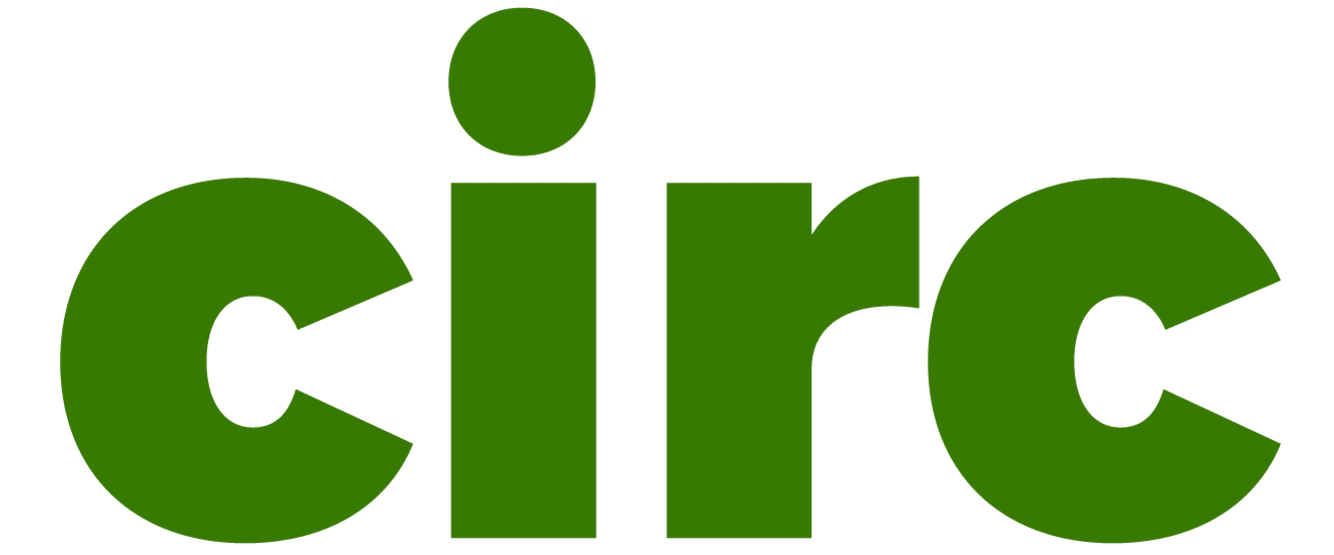Clean and safe lake water is an important part of the Finnish identity. In recent decades, interest in the condition of lake waters has increased. Land use and climate change are creating new challenges for maintaining water quality. Harmful cyanobacterial blooms are also expected to become more frequent in the future as a result of eutrophication.
A significant amount of both public and private funds is invested in lake restoration measures, but these efforts do not always produce the desired results.
Zooplankton plays a key role in energy and nutrient cycling
In his doctoral research at the University of Jyväskylä, Finland, M.Sc. Jaakko Litmanen used biomolecule-based modeling to study the composition of the phytoplankton community in Lake Vesijärvi, as well as the diets of water fleas and calanoid copepods over a seven-year period.
“The interactions between the phytoplankton community and zooplankton are crucial in controlling cyanobacterial blooms,” explains Litmanen. “Biomolecules, such as fatty acids and pigments produced by algae, can be used in combination with mathematical methods to model the composition of the phytoplankton community and the diet of zooplankton.”
Studying the feeding habits of zooplankton can provide new insights into both energy transfer and nutrient cycling.
“Water fleas are often the most important grazers of algae in lakes, and they have been extensively studied,” says Litmanen. “However, calanoid copepods may be the dominant algal grazers during parts of the summer, but they have been largely overlooked due to the challenges of culturing them in the laboratory. This has left a gap in our understanding of how zooplankton influence the phytoplankton community.”
New insights into food web dynamics
In monitoring restoration efforts and environmental changes, phytoplankton communities are often identified using microscopy, even though the primary interest is frequently in cyanobacteria specifically.
“Slow and expensive microscopic identification of algae can be replaced by fatty acid and pigment analysis when species-level identification is not necessary,” says Litmanen.
In Lake Vesijärvi, water fleas generally consume the available phytoplankton community without strong selectivity, whereas calanoid copepods are highly selective in their choice of algal groups.
“In my dissertation, I found that calanoid copepods can significantly reduce the abundance of high-quality algae, creating an opportunity for low-quality algae, such as cyanobacteria, to thrive,” explains Litmanen. “However, calanoid copepods also provide high-quality food for fish, mitigating the broader impact of low-quality algae within the food web.”
Routine monitoring of phytoplankton communities provides only one side of the story. The other side is the phytoplankton that is grazed by zooplankton.
“In the future, greater attention should be given to the entire food web rather than focusing on individual species when studying climate change impacts, planning restoration measures, and monitoring their effects,” emphasizes Litmanen.
More information:
Biomolecule-based estimation methods in determining seston composition and herbivorous zooplankton diets. jyx.jyu.fi/jyx/Record/jyx_123456789_100882
Provided by
University of Jyväskylä
Citation:
Biomolecules reveal composition of lake phytoplankton community (2025, March 31)
retrieved 31 March 2025
from https://phys.org/news/2025-03-biomolecules-reveal-composition-lake-phytoplankton.html
This document is subject to copyright. Apart from any fair dealing for the purpose of private study or research, no
part may be reproduced without the written permission. The content is provided for information purposes only.


